Homemade Stone-Ground Mustard
This post may contain affiliate links. Please read my disclosure policy.
Use a mortar and pestle to crush whole mustard seeds to make spicy, delicious Homemade Stone-Ground Mustard for sandwiches, burgers, and vinaigrettes.
You may be asking, “Is making homemade mustard worth the effort?” and I’d have to tell you, “Yes, I really think so!”
It does take a little muscle, but it’s also kind of fun and the process only takes a few minutes. Once you’re all done, this spicy mustard can be stored in the refrigerator for up to a year. That’s a really long shelf life!
This mustard is a delicious condiment for burgers or sandwiches. I also like to use stone-ground mustard in my favorite chicken salad and vinaigrettes.
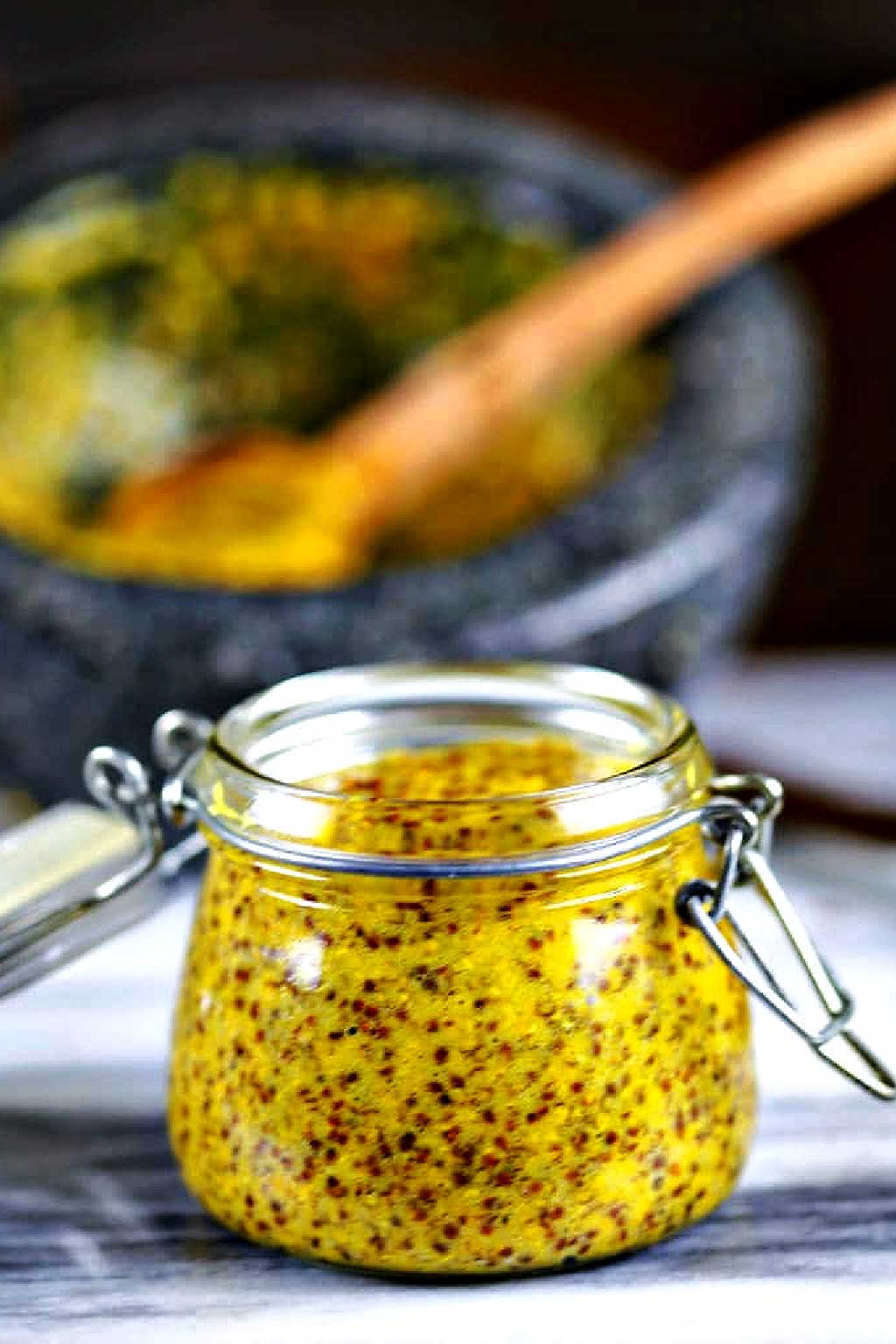
Homemade Stone-Ground Mustard: behind the recipe
I would never have thought about even attempting to make my own mustard until my daughter demonstrated her creative culinary skills using a mortar and pestle (a wedding gift from her mother-in-law) during our visit to St. Louis last weekend.
Although this kitchen device has been used since ancient times to grind spices, I’d never tried it myself. Why bother when you can rely on the convenience of the spice rack?
Watching Allison demonstrate her technique and then tasting that delicious mustard was indeed intriguing. So much so that I ordered my own Granite Angled Mortar and Pestle before I left St. Louis to head home!
I definitely plan to find other fun recipes to make with my new mortar and pestle!
What is stone-ground mustard?
A popular condiment for hearty sandwiches, charcuterie boards, and hot dogs, stone-ground mustard is produced by grinding brown mustard seeds with water and vinegar until it becomes a coarse textured spread.
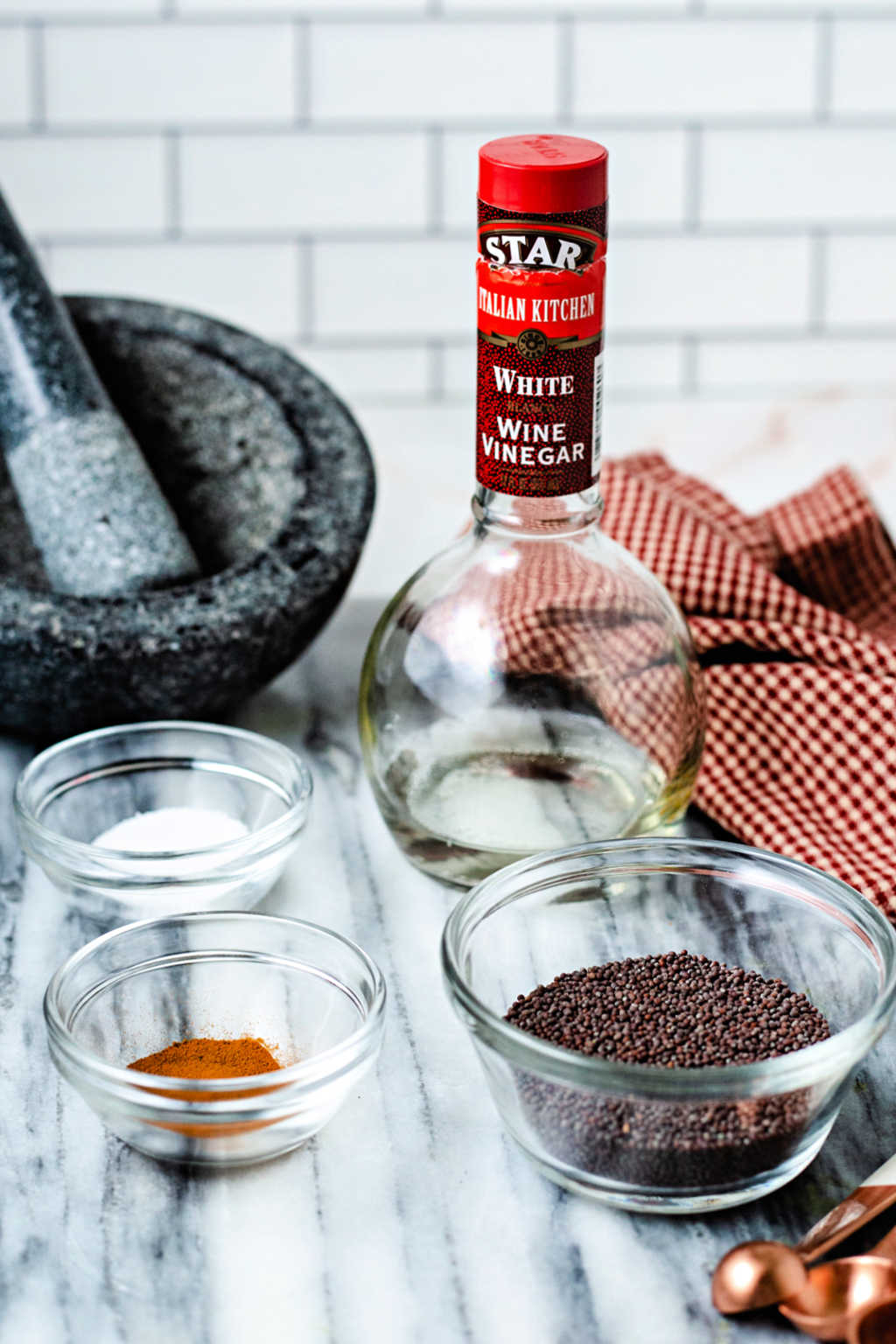
Key ingredients and substitutions
- Brown mustard seeds — These tiny brown seeds are more pungent than the yellow variety and are used in this recipe to create a spicy spread. This same technique may be used with yellow mustard seeds, although the spread will have a mild, yet sharp flavor.
- Water — As the seeds are crushed, peppery oil is released. Water, either hot or cold, works to stabilize the heat. Hot water will break down some of the pungent compounds, while cold water will keep them intact.
- White wine vinegar — Adding acidity to the mustard makes the pungency last longer during its shelf life. Champagne vinegar is a good substitute.
- Turmeric — Besides adding a little bit of spice, turmeric gives the mustard a more pleasing yellow color.
- Sugar — Adding a little sugar counteracts the bitterness in the mustard oils when the seeds are crushed.
How to make your own mustard at home
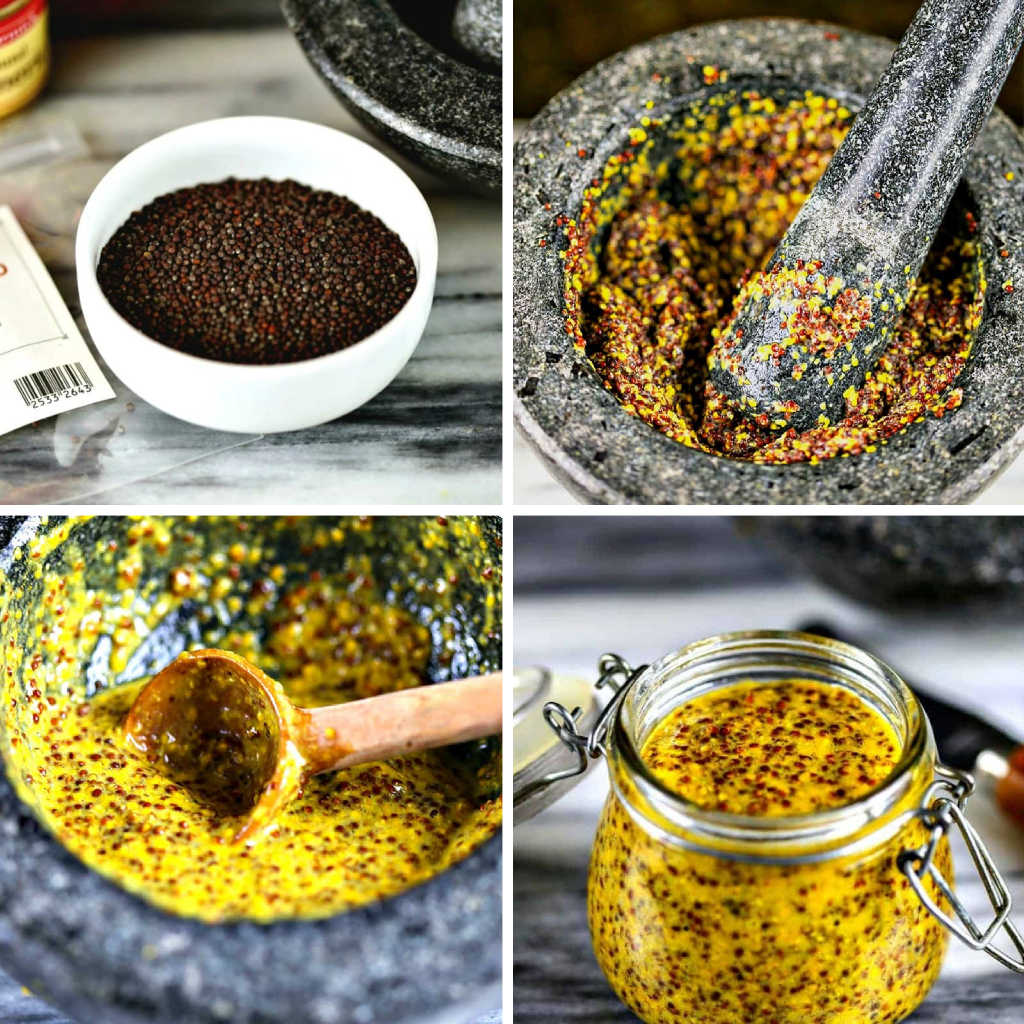
STEP 1 | Crush the mustard seeds
- Add mustard seeds into the mortar. Rock the pestle back and forth to grind the seeds. After a few seconds you’ll notice a yellow mustard powder start to appear.
- My daughter used black mustard seed in her recipe, but I use brown mustard seed that I found at World Market.
- This process will require a bit of muscle!
STEP 2 | Add water
- Slowly add water, working the seeds into a coarse paste.
- The water temperature, whether cold or hot, will create a chemical reaction as you grind the seed that results in how much heat is in the mustard.
- Use cold water for a spicier mustard and hot water for a milder mustard.
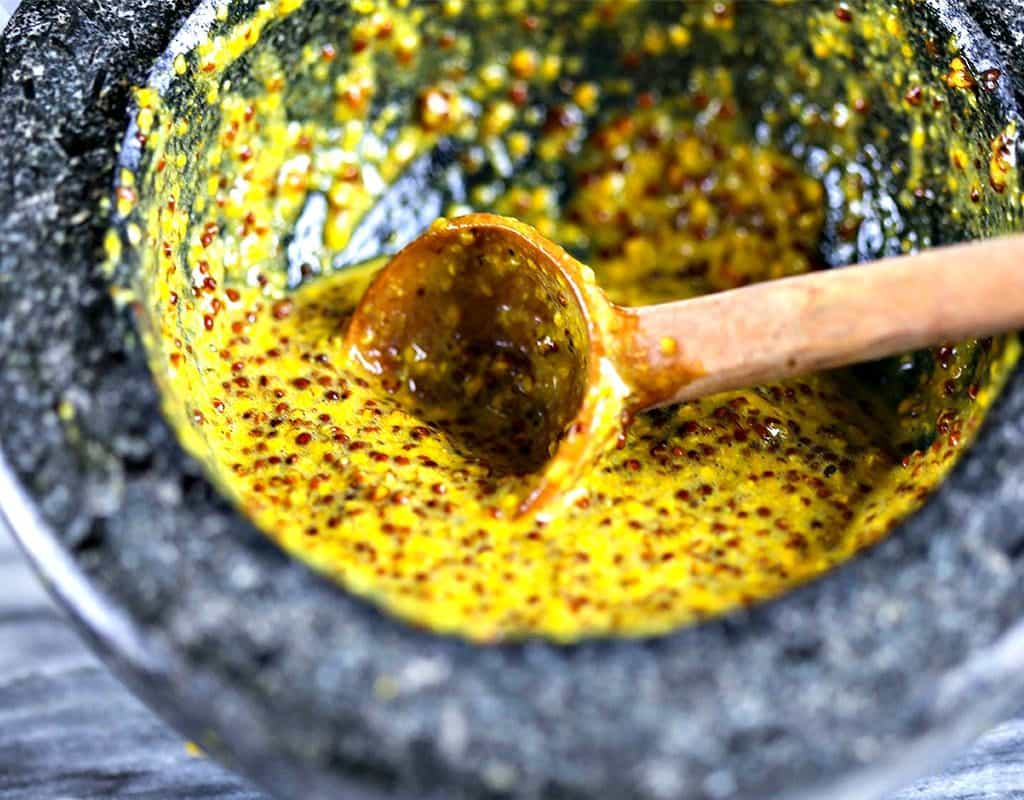
STEP 3 | Add remaining ingredients
- Season the mustard with salt and add turmeric and white wine vinegar, continuing to grind until you get the consistency desired.
- Leaving some whole seeds creates an interesting coarse texture.
- Store the mustard in a glass jar in the refrigerator for 24 hours before serving to allow the flavor to meld.
Related recipes
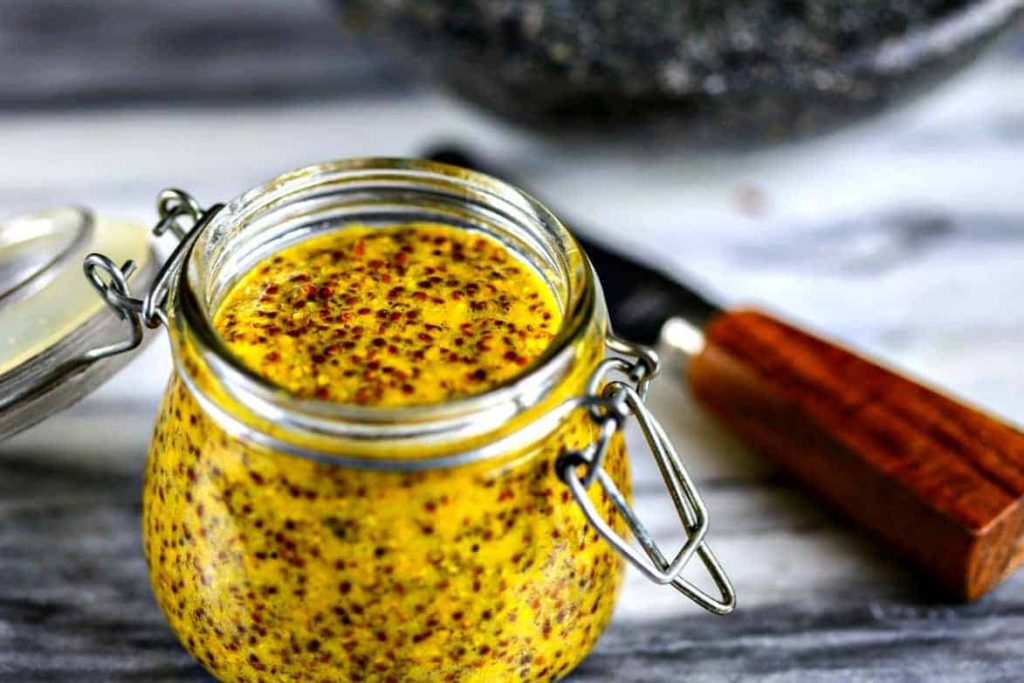
Love this recipe? Bookmark it for the future!
Simply tap the heart symbol located in the lower right corner of your screen, and the recipe will be securely stored in your own recipe box.
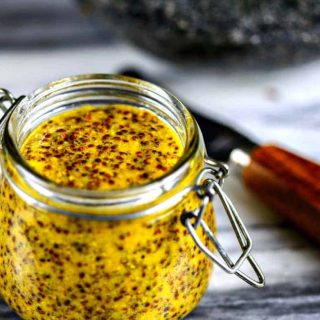
Homemade Stone-Ground Mustard
Ingredients
- 6 tablespoons brown mustard seed
- 1/2 cup water (cold or hot)
- 1 1/2 tablespoons white wine vinegar
- 1/2 teaspoon salt
- 1/2 teaspoon turmeric
- 2 tablespoons sugar
Instructions
- Crush mustard seed using a mortar and pestle for a few seconds.
- Slowly add water and continue grinding the seed. Use hot water for a milder mustard and cold water for a spicier mustard. Grind until the water is incorporated, leaving some seeds whole.
- Add the remaining ingredients and continue grinding until the desired consistency is achieved. Store the mustard in a glass jar in the refrigerator for 24 hours before serving.
- Mustard will keep for up to one year in refrigerator.
Notes
Nutrition
Life Love and Good Food does not claim to be a registered dietician or nutritionist. Nutritional information shared on this site is only an estimate. We recommend running the ingredients through an online nutritional calculator if you need to verify any information.

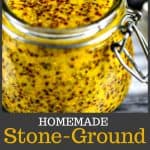
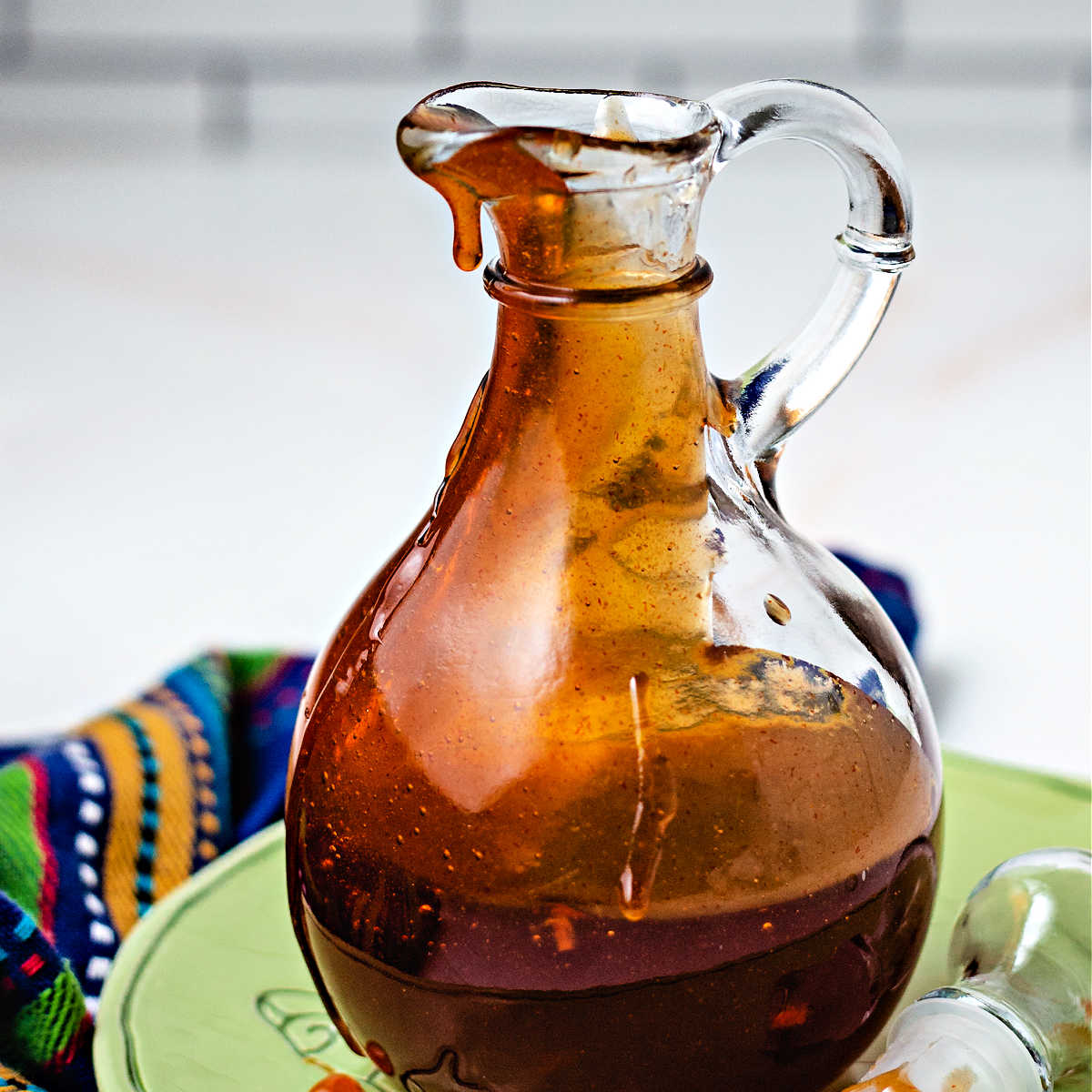
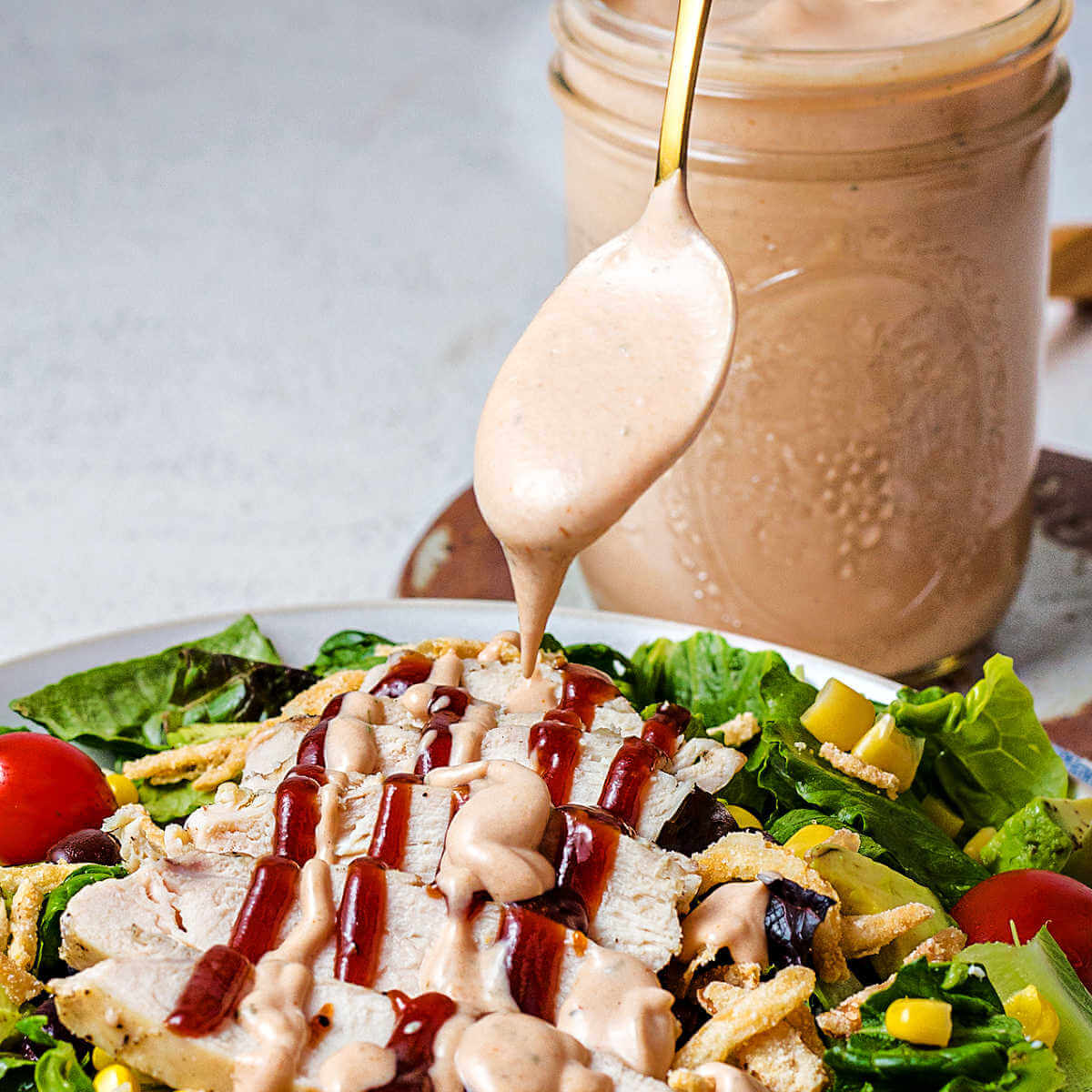
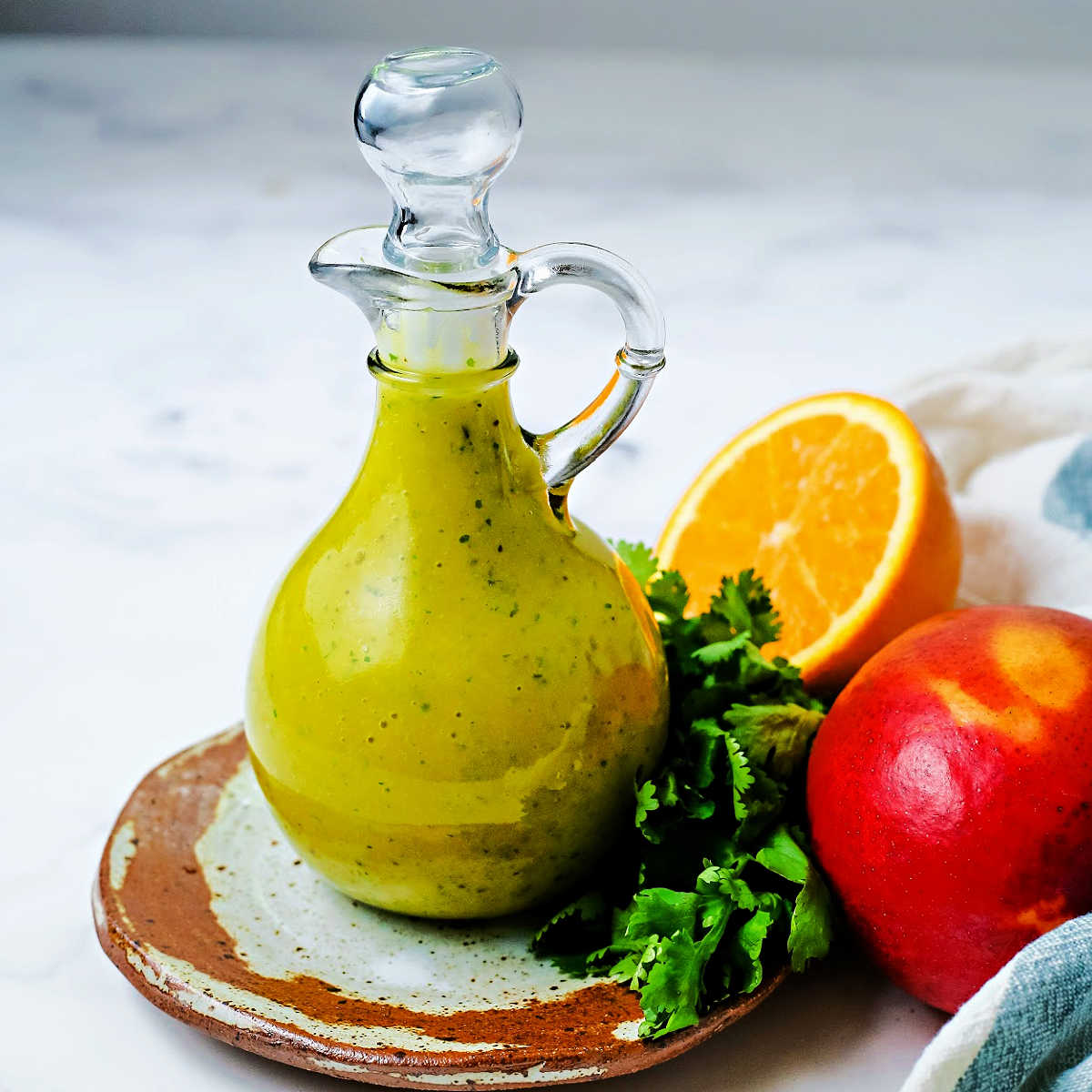
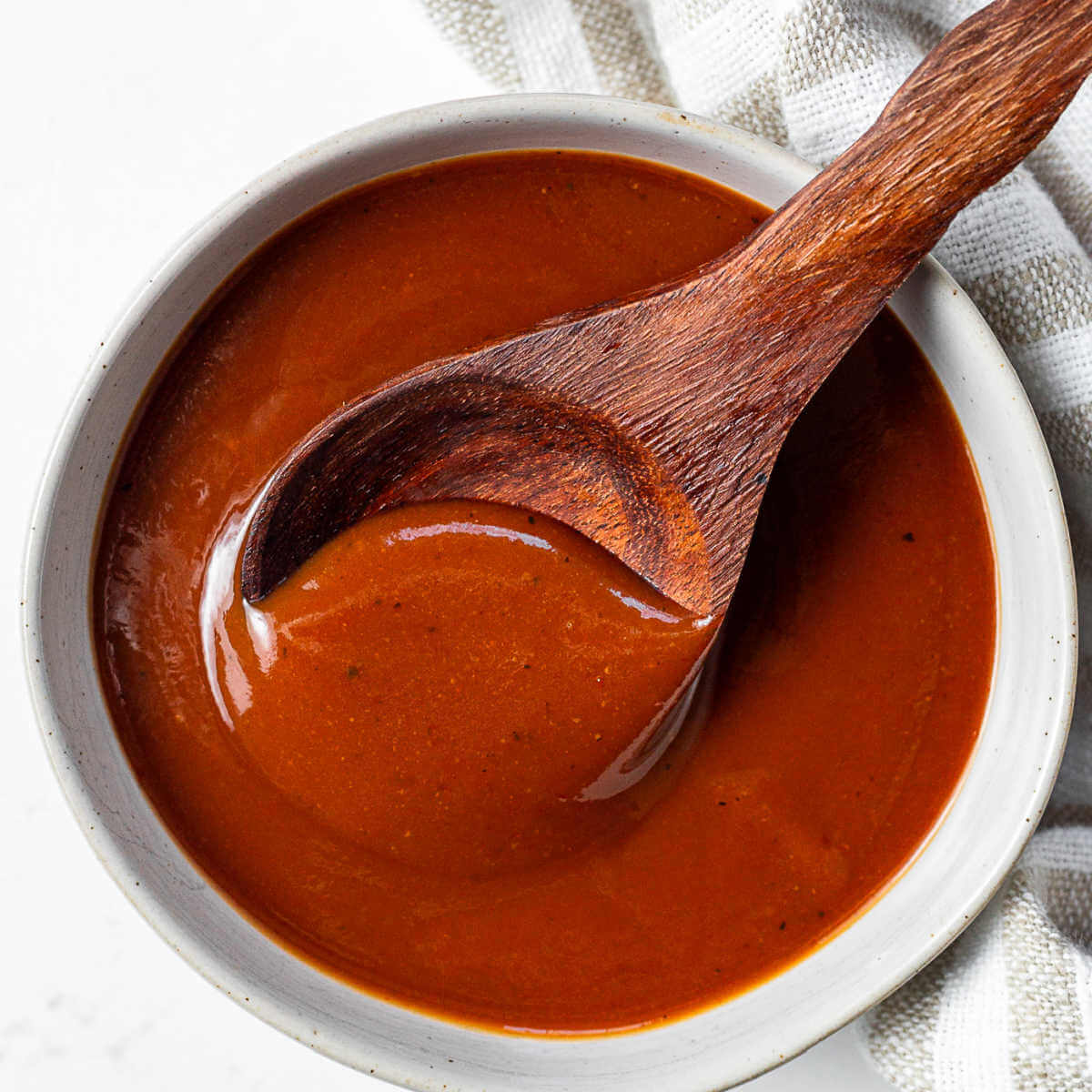
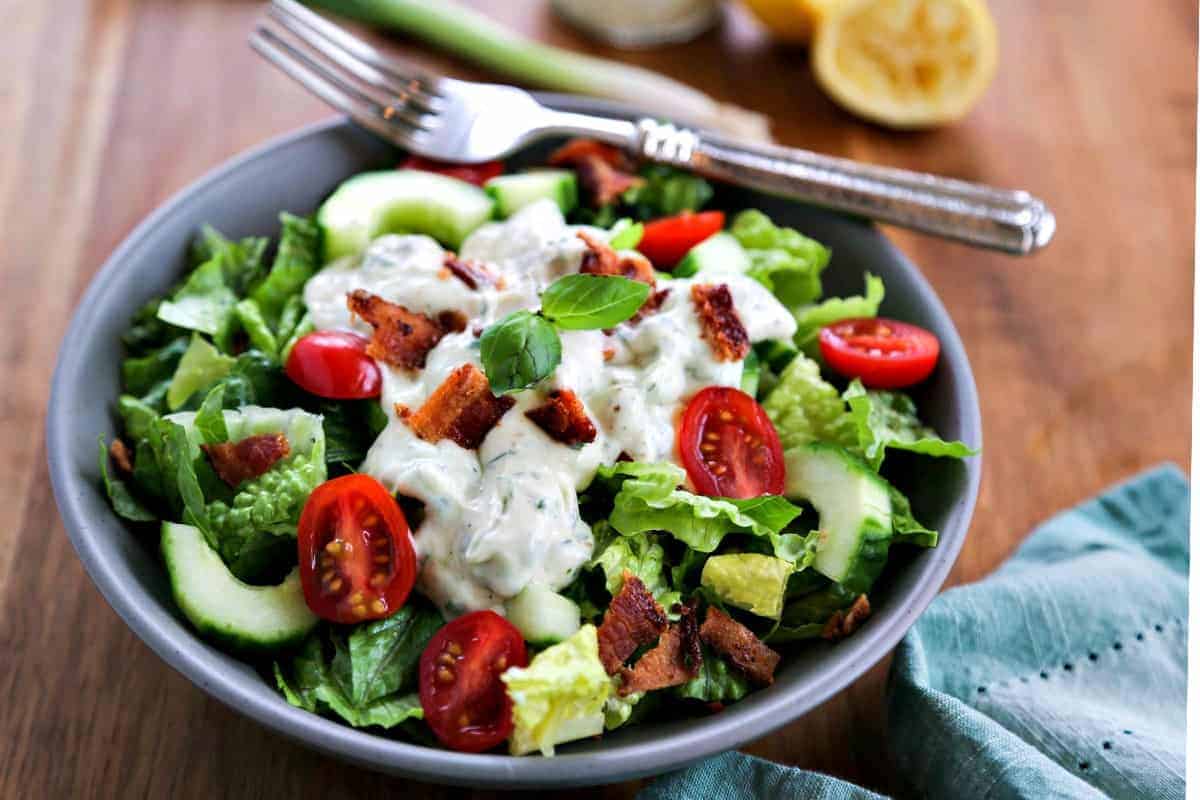

I’m confused by the serving amount, when I double the recipe what does 2/2 pint mean? Does that mean 1 pint? 2 pints?
I’m so sorry for the confusion. The recipe originally indicated that the yield is 1/2 pint of mustard, or 1 cup. I’ve updated the recipe card to reflect the number of 2-teaspoon-size servings instead. Thank you for reaching out!
Can you grind the mustard seeds in a food processor? I don’t have a mortar/pestle.
Patricia, unfortunately I don’t think you’d get the same results with a food processor.
I just made this and it’s in my frig.
This was a great easy recipe to follow! Texture and taste are phenomenal. No need to buy store bought!
Thank you.
I made this two days ago and this is by far the worst tasting mustard I’ve ever had. It came out watery and even after thickening it up, it just has an awful flavor.
can you use yellow mustard seeds instead of brown?
I haven’t tried yellow mustard seeds, but I don’t see why not!
I’m diabetic. Can I use stevia in place of the sugar?
Hi, Kim. I believe you could substitute Stevia for the sugar in this recipe. Let me know how you like it!
Hi I can’t have any alcohol any way to replace the white wine vinegar ?
Nisha, if you can’t have the white wine vinegar, I would suggest substituting rice vinegar in this recipe.
You contradict in your explanation and the recipe. Cold water and hot water, which is it. They say the opposite. Want to make the spicy version but don’t know wether to use cold or hot water.
Thanks for pointing out my discrepancy! I’ve adjusted the recipe to note that you should use hot water for a milder mustard and cold water for a spicier mustard.
No contradiction. The recipe says hot for a mild mustard and cold for a spicier mustard.